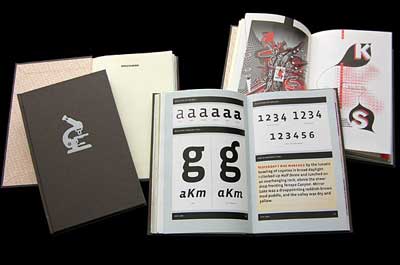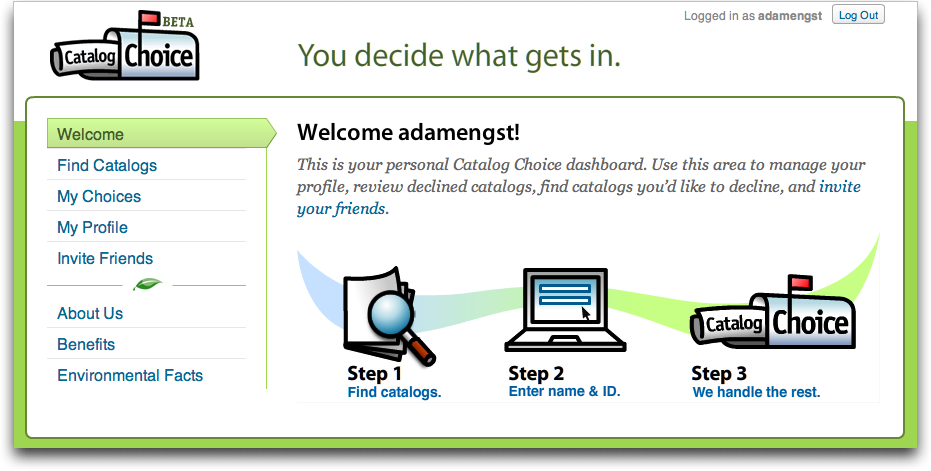I’m going to be honest with you: the only catalog I’ve ever received was the Sear’s Holiday Wish Book. Somehow I’ve flown under the radar of catalog advertisers all these years. I recently signed up to receive Ikea’s 2014 catalog, however, so I’m expecting much out of this 326 page Swedish home furnishing showcase.
My mother, on the other hand, is constantly receiving catalogs, usually from some Women’s Apparel company or Bath, Bed, and Home retailer. Either she doesn’t have enough to do in her life, or she just really enjoys looking at faucet hardware and multi-colored pea-coats.
As a hobbyist photographer, my friend is always on the lookout for the B&H Photo catalog. He likes thumbing through this catalog because he has a listing of all photography equipment in his hands, using the information as a reference when he goes shopping online.
Catalogs can mean something different to everyone, but based on my personal network’s interaction with catalogs, I will safely say that catalogs are still an important tool that companies can use to market and sell their products. In my investigation of how companies are using catalogs, and in return, how consumers are interacting with them, I discovered 5 important things about print catalogs that I think everyone should know!

1. B2B companies are finding success using catalogs as leave behinds, and are seeing their prospects and customers using the catalogs as a reference in areas that may not have instant access to the Internet (think a shop floor where computers are scarce).
2. Businesses that use catalogs as sales and marketing tools say they are directly responsible for 30% of sales. For those businesses with e-commerce, a further 29% of sales were driven by the catalog through their website. (Via PrintWeek, Study Highlights Importance of Catalogues).

via selectism.com
3. There really is a catalog for everything. I’m sure most designers are already privy to this, but there is an entire catalog devoted to typefaces! Emigre has been around since 1894, faithfully churning out catalog year after year for designers and font nerds alike.

On the polar end of the spectrum is the behemoth McMaster-Carr, whose name alone sounds substantial. Need to build and run an industrial or commercial company but don’t know where to get every single part to do this? No worries, McMaster-Carr lists nearly half a million products. That’s talking a whole lot of ink on paper!

via businesspundit.com
4. A growing trend in the catalog industry is creating and distributing more condensed, targeted, and customized catalogs that individual sales reps can use for their own customers. By using variable data printing, companies can now print on-demand catalogs that are tailored for an individual sales rep, making a leave-behind catalog even more effective and personalized for the prospect.
For an even more tailored catalog, a company can version a catalog for a customer based on their wants and needs, using reference points like geographical location, past purchases, and website activity on the company’s website. Master catalogs, like the McMaster-Carr, have been around long enough to gain a reputation. For companies that are just entering the catalog game, finding a niche market and making the catalog a more personal experience is the way to go.
5. If you are receiving catalogs and you don’t want them anymore, you can totally opt-out! Visit www.catalogchoice.org and create an account. From there, this free service will manage which catalogs (and even direct mail marketing) you want to stop receiving. This is a great place to point your friends and acquaintances to if they complain about unwanted junk mail. Besides, the companies will be thankful you told them you’re not interested—this means postage savings for them!
 via tidbits.com
via tidbits.com
I’ve seen a lot of companies reproducing their catalogs online too (Ikea even has an app!), which is a great way to ensure your information is available to everyone, and is delivered in a way that they prefer. For those with a small print budget, there are ways to condense a catalog (remember the VDP I mentioned earlier?) If you want to discuss your options for creating a niche, personalized, or versioned catalog, contact us and we can get started on concepting and planning an awesome catalog with you-even it is a catalog that is über-specific like this one: astronomy apps for mobile devices.
Here’s to the power of print!

Jared
Catalogs and direct mail are still important to many people. They prefer to have something they can hold, carry around and share in document form rather than electronically. Some also like to tear out the pictures to get ideas rather than printing them. A glossy catalog still makes an impression.
Maggie Young
Yes! I know that I always like having a paper reference in hand, like recipes or directions.